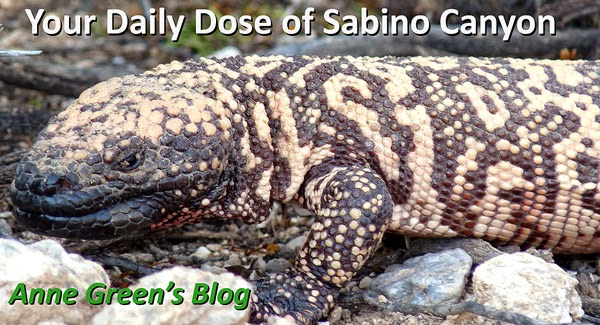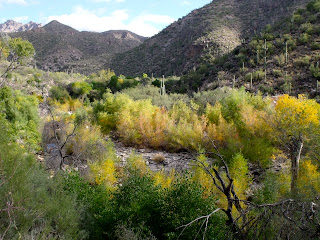 |
| Photo by Ned Harris, 11/23/11 |
Leaves from yesterday's post are (top photo) Arizona Sycamore (Platanus wrightii) and Arizona (Black) Walnut (Juglans major).
Bonus book recommendation (for that bad pun above). My cousin-in-law recently gave me a book with the provocative title Wicked Plants: The weed that killed Lincoln's mother and other botanical atrocities by Amy Stewart. Who knew there were so many plants that are toxic, poisonous, and downright deadly?! I'm enjoying it immensely. (Some say I'm enjoying it a bit too much.) If you have even a passing interest in plants, get this book. The etchings (by Briony Morrow-Cribbs) are lovely, and many of our desert plants make an appearance, too.














































